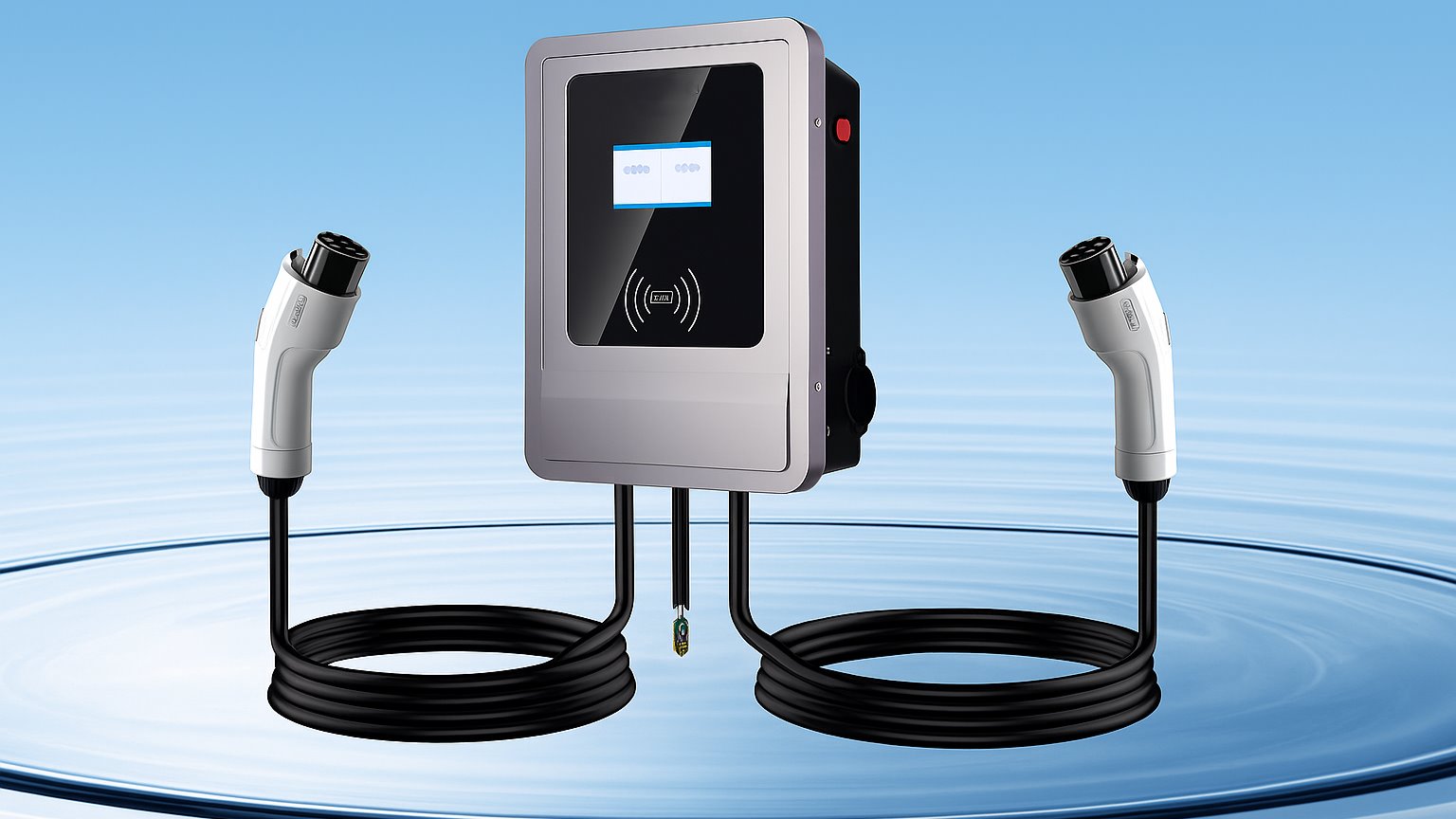Why Dual-Connector EV Chargers Are Key to Solving Charging Station Congestion

Addressing the EV Charging Bottleneck
The EV revolution is accelerating. However, the charging infrastructure is under pressure. EV adoption outpaces charger deployment. Long queues and low efficiency frustrate drivers.
A key reason? Most public stations use single-connector chargers. These are no longer enough for today’s EV density. With more vehicles per site, demand exceeds capacity.
At SIMSUKIAN, we supply dual-connector EV charger solutions designed for modern grid requirements. Our chargers provide higher throughput without doubling infrastructure costs.
Let’s explore how they help relieve pressure, maximize space, and transform EV charging networks.
1. The Pain Point: Charging Congestion in Urban Hubs
As electric vehicle (EV) adoption accelerates in urban centers, cities are facing a growing infrastructure challenge: charging congestion. While more people are choosing EVs, the development of charging infrastructure hasn’t kept pace. According to data from the International Energy Agency (IEA), the ratio of available chargers to registered EVs is steadily declining, especially in densely populated areas.
Limited Land, Unlimited Demand
In many urban hubs, especially downtown areas, land is scarce and expensive. Installing new charging stations becomes difficult, both logistically and financially. As a result, existing stations face overwhelming demand during peak periods. It’s not uncommon for drivers to wait in line for over 30 minutes just to access a charger—an experience that deters repeat EV usage.
Impact on Fleets and Productivity
The issue isn’t limited to individual drivers. Commercial fleets operating in cities suffer productivity losses due to long wait times and unpredictable charging availability. Delivery delays, downtime, and logistical headaches all cut into operational efficiency, especially during high-demand periods.
A Growing Source of Frustration
As users experience repeated delays and uncertainty, frustration grows. This negative experience risks slowing down broader EV adoption, as potential buyers weigh convenience just as heavily as sustainability.
The Underlying Issue: Low Station Throughput
Ultimately, the core of the problem lies in low station throughput—too few vehicles can charge per hour, even at existing sites. Without innovations that increase charging speed or capacity, congestion will worsen as EV numbers continue to rise.
2. Solution Framework: Why Dual-Connector Chargers Matter
A dual-connector EV charger delivers power to two vehicles at once. Compared to a single-port charger, it effectively doubles access without extra land.
Key operational advantages:
Two cars charge simultaneously
Dynamic load balancing ensures safe distribution
Same footprint, more utilization
3. Infrastructure ROI: Better Returns Without Doubling Cost
From a business angle, dual-connector chargers are more cost-effective.
Why?
Shared internal components
Unified cooling and safety systems
Lower installation and maintenance costs
In short, you increase revenue potential without doubling hardware or labor expenses.
Case study:
A logistics hub in Shenzhen installed 20 dual-connector units
Result: 60% higher daily EV turnover
4. Flexibility in Site Design and Deployment
Another key benefit? Flexibility.
With dual connectors, you reduce the total chargers needed per lot. This allows:
Streamlined layout
Reduced trenching and cabling
Faster deployment
Whether in parking lots, apartment blocks, or commercial fleets, the space-saving design is invaluable.
5. Environmental and User Experience Impact
Faster access means less idle time and fewer emissions from waiting vehicles. It also improves user satisfaction.
Survey results:
78% of users prefer dual-connector setups for faster turnaround.
65% say it influences where they choose to charge.
Better design boosts EV ecosystem adoption.
6. Customization and Bulk Supply Options from SIMSUKIAN
We support OEM/ODM requests. Our dual-connector EV chargers can be customized in:
Output power
Connector type (CCS1, CCS2, Tesla, GBT)
Screen interface and branding
With years of experience in EV charging components, SIMSUKIAN ensures safety, reliability, and compliance. We offer bulk delivery for urban planning, transportation firms, and infrastructure partners.
Conclusion: The Future is Dual
Charging congestion is not just a nuisance—it’s a barrier to EV progress. Dual-connector EV chargers offer a proven, scalable solution. They provide better throughput, lower costs, and faster access. From city planners to fleet operators, adoption of dual-port units is the next step.
SIMSUKIAN is here to deliver customized, efficient, and scalable EV charging infrastructure.
Call to Action: [Contact SIMSUKIAN for Bulk Dual-Connector EV Chargers]
